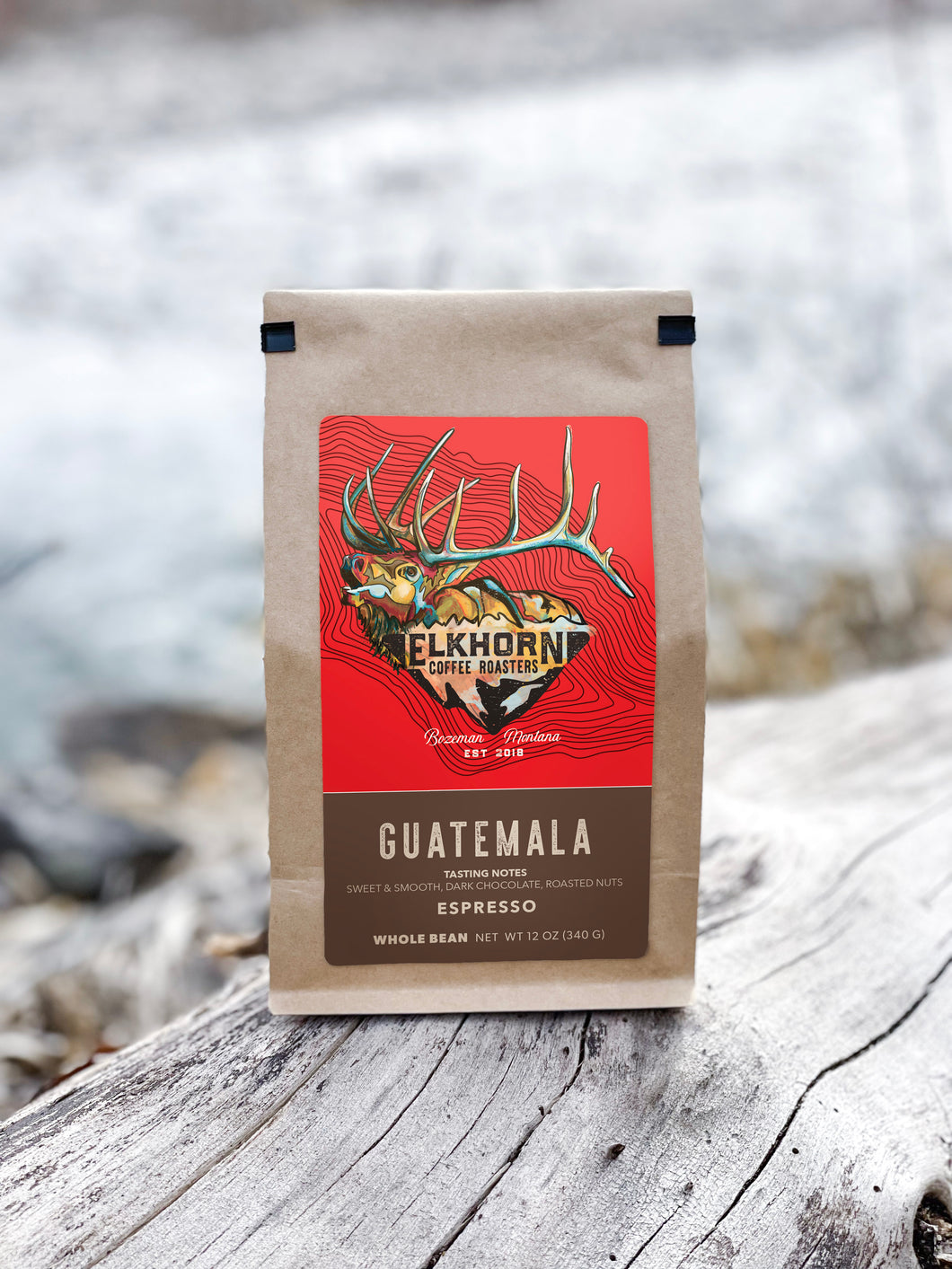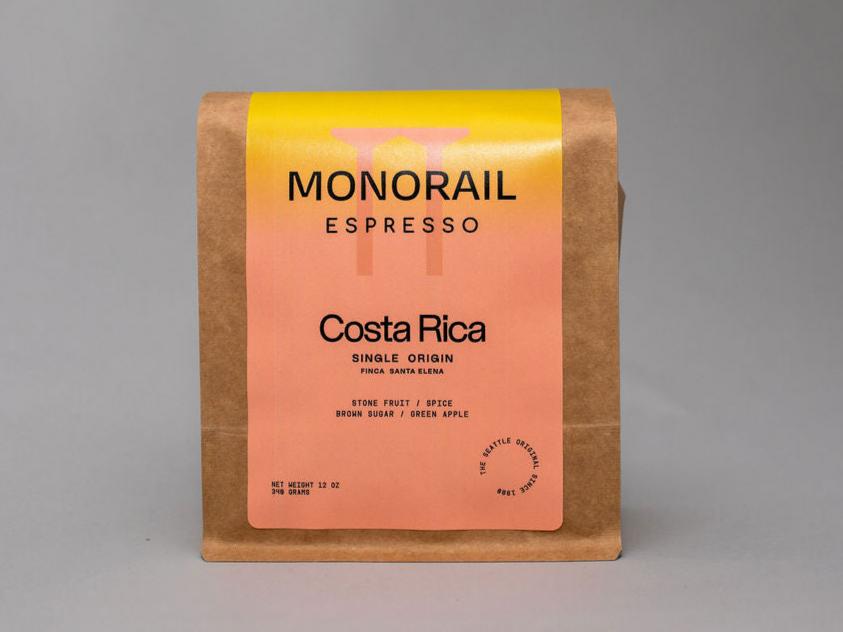Matching Food and Desserts with SOE Single Origin Espresso
Wiki Article
Exploring the Rich Tastes of Coffee Beans: a Deep Study Coffee and Blended Coffee Beans
When you discover the abundant tastes of coffee beans, you discover a complicated globe where each range brings its own character to your mug. As you browse with the art of coffee and the creativity behind blended coffees, you'll start to appreciate the nuances that make each sip special.The Beginnings of Coffee Beans: Checking Out Terroir and Taste Profiles
When you take a sip of coffee, you're not just appreciating a drink; you're experiencing an abundant tapestry of flavors shaped by the beans' origins. Each area generates one-of-a-kind taste profiles affected by soil, altitude, and environment. Beans from Ethiopia typically burst with brilliant, fruity notes, while those from Colombia tend to use a balanced, nutty sweet taste.As you check out different beginnings, you'll notice just how terroir-- the ecological factors impacting a plant-- plays a vital function - Single Origin Espresso. The same coffee selection can taste dramatically various relying on where it's expanded
When you take into consideration these factors, you start to appreciate the intricacy behind your mug. Each sip tells a story of the land and the farmers who nurtured the beans. So, next time you indulge, assume regarding the journey your coffee took prior to it reached your hands, and relish those intricate tastes that mirror its beginning.
Comprehending Espresso: The Art and Scientific Research Behind the Mixture
When you consider espresso, it's not almost the strong flavor; it's additionally regarding the methods that bring it to life. Comprehending just how various preparation methods influence preference can transform your brewing experience. Allow's check out the intricacies of espresso prep work and uncover the one-of-a-kind flavor accounts that make each mug special.Coffee Prep Work Techniques
Coffee preparation is both a scientific research and an art, combining exact strategies with a deep understanding of coffee. To start, you'll wish to select top notch, fresh roasted beans and grind them carefully for suitable extraction (Single Origin Espresso). The work size is vital; too coarse, and your coffee will be weak, also fine, and it'll be bitterNext, tamp the grounds evenly in the portafilter to assure consistent removal. When you secure it right into the equipment, objective for a brewing temperature in between 190 ° F and 205 ° F.As you pull the shot, expect the ideal removal time-- around 25-30 seconds. The result should be a rich, luscious espresso with a beautiful layer of crema on the top. With method, you'll understand these techniques.
Flavor Accounts Clarified
The globe of espresso supplies a rich tapestry of flavor profiles that can raise your coffee experience. Light roasts typically showcase intense level of acidity and vibrant flavors, while dark roasts present deeper, bolder tones.Understanding these profiles assists you pick the right coffee for your taste. Try out different blends can reveal surprising mixes. For example, a well-crafted mix could harmonize the intense notes of an Ethiopian bean with the rich, chocolatey undertones of a Brazilian bean. Accept the trip of discovering espresso's diverse flavors, and you'll change your coffee ritual into an exciting adventure.
Processing Approaches: Exactly How They Impact Taste and Aroma
While it may appear that the origin of coffee beans is the most considerable consider determining their flavor and fragrance, the processing approaches utilized post-harvest play a similarly necessary role. You'll locate that these approaches can considerably change the final taste profile of your cup.For instance, the washed procedure gets rid of the fruit from the beans prior to fermentation, usually resulting in a cleaner, brighter taste. The all-natural process leaves the fruit intact throughout drying, resulting in a sweeter, fruitier account.
Other approaches, like honey processing, strike a balance, enabling some fruit mucilage to remain, giving an one-of-a-kind complexity.
Each processing method communicates with the beans' fundamental characteristics, enhancing or silencing details tastes and aromas. So, when you drink that espresso or blended coffee, keep in mind that the trip from cherry to mug is affected not just by origin however additionally by exactly how those beans were processed.
Toasting Methods: Unlocking the Full Possible of Coffee Beans
Roasting methods are crucial for exposing the full possibility of coffee beans, as they transform raw, eco-friendly beans into the fragrant, tasty coffee you take pleasure in. The selection of toasting approach-- light, tool, or dark-- significantly influences flavor accounts.You can try out toasting temperatures and times to find your ideal brew. A slower roast at lower temperatures permits for complex tastes to establish, while a quicker roast can escalate resentment. Pay focus to the fractures throughout roasting; the initial crack suggests a light roast, while the 2nd fracture signals a dark roast. By mastering these methods, you'll disclose a world of flavor, boosting your coffee experience to brand-new heights. Take pleasure in every sip, recognizing the treatment that went right into your cup!
The Magic of Blended Coffee: Creating One-of-a-kind Taste Experiences
Developing an one-of-a-kind flavor experience with combined coffee can transform your early morning ritual right into an expedition of preference. By integrating various beans from numerous areas, you can disclose a harmony of tastes that raise your mug to new elevations. Each blend deals an unique profile, balancing body, sweet taste, and level of acidity to produce something truly unique.When you choose a blend, you're not simply selecting a coffee; you're picking a trip throughout varied landscapes and cultures. Explore various mixes enables you to discover your personal favorites, whether you appreciate fruity notes or rich, chocolatey undertones.

Tasting Notes: Acknowledging the Subtleties in Your Mug
As you drink your coffee, you may see a range of tastes dancing on your palate, each exposing the ins and outs of the beans. You might taste the intense level of acidity reminiscent of citrus or the deep, rich notes akin to dark chocolate. The sweet taste could evoke honey or sugar, stabilizing the total profile wonderfully.Take note of the body of the coffee-- does it feel light and ventilated, or is it complete and luscious? The surface, as well, offers clues; a remaining aftertaste might hint at nuttiness or flower undertones.

Don't neglect to discover the unique attributes of different beginnings, as each area presents unique flavors - Single Origin Espresso. For circumstances, Ethiopian coffees often present fruity notes, while Colombian beans could showcase an extra rounded sweetness. By identifying these nuances, you'll strengthen your appreciation for each and every mug, boosting your coffee experience to new elevations

Developing Techniques: Making Best Use Of Flavor Removal for each Bean
When you discover the various brewing methods, you'll find that each method can significantly affect the taste account of your coffee. From French press to pour-over, each approach extracts various compounds, enhancing or muting specific notes. For circumstances, making use of a French press enables oils to continue to be in the brew, creating a richer preference, while pour-over stresses quality and illumination.Temperature and grind dimension additionally play important duties. A coarser work works best for chilly mixtures, while a great grind is ideal for espresso. Experimenting with water temperature-- between 195 ° F and 205 ° F-- can reveal concealed tastes, also.
Do not fail to remember regarding steeping time; a quick removal can lead to sour notes, while over-extraction may yield bitterness. By adjusting Single Origin Espresso these variables, you can take full advantage of taste removal and truly elevate your coffee experience. Enjoy the journey of discovering what approach best fits your taste buds!
Often Asked Inquiries
What Is the Perfect Water Temperature for Developing Coffee?
The suitable water temperature level for developing coffee's in between 195 ° F and 205 ° F. If you use water that's as well hot, you'll over-extract flavors; as well chilly, and you will not extract sufficient. Go for that sweet area for the very best brew!Exactly How Does Grind Size Affect Coffee Flavor?
Work dimension significantly impacts coffee taste. Finer grinds essence more tastes and oils, causing a bolder taste, while coarser grinds yield a lighter taste. Readjusting grind dimension helps you achieve your preferred coffee account.Exist Health And Wellness Advantages Linked With Alcohol Consumption Coffee?

What Is the Distinction In Between Arabica and Robusta Beans?
Arabica beans are smoother and sweeter, commonly featuring fruity tastes, while robusta beans are more powerful with a bitter taste and greater caffeine material. You'll discover these differences in scent and brewing experience.Exactly How Can I Shop Coffee Beans for Freshness?
To store coffee beans for quality, keep them in an airtight container, far from dampness, light, and heat. You'll preserve their taste much longer if you only grind what you require right prior to developing.Discovering the Rich Tastes of Coffee Beans: a Deep Dive Into Espresso and Blended Coffee Beans.
When you check out the rich flavors of coffee beans, you reveal an intricate world where each selection brings its own character to your cup.When you take a sip of coffee, you're not simply enjoying a beverage; you're experiencing a rich tapestry of flavors formed by the beans' origins.Roasting methods are necessary for exposing the full capacity of coffee beans, as they transform raw, eco-friendly beans right into the fragrant, flavorful coffee you appreciate.As you sip your coffee, you may see a spectrum of flavors dancing on your taste buds, each revealing the complexities of the beans.
Report this wiki page